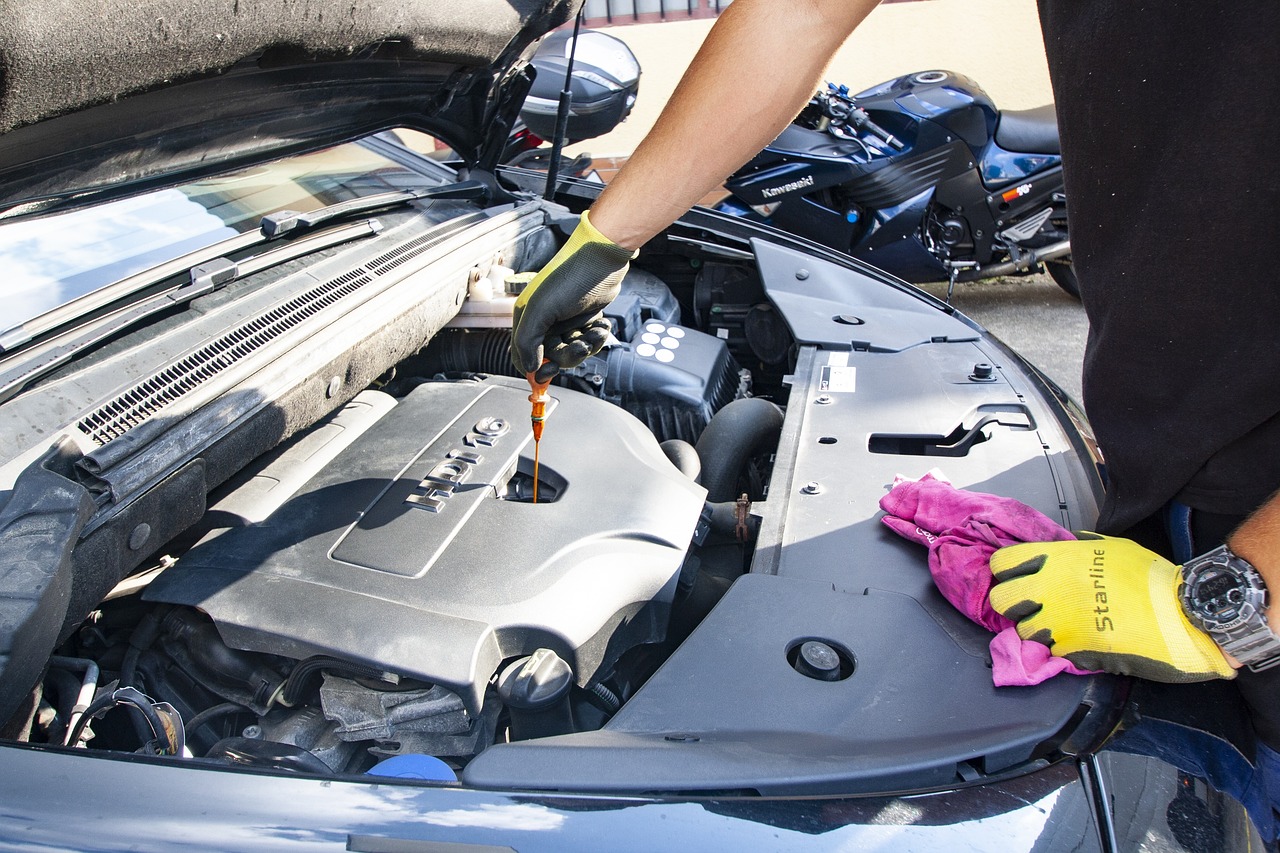“With great power, comes great responsibility.” Engine oil is quite possibly the greatest power your vehicle has to stay well preserved. Oil allows the engine to run smoothly and with minimal friction. There are a number of different misconceptions about engine oil. Let’s debunk a few of these myths.
Myth 1: The “W” in the oil’s type stands for “weight”
False. The “W” represents the oil’s viscosity rating for winter use. That means that the “W” actually stands for “winter”. The numbers represent the oil’s viscosity or thickness, so the thicker the oil, the higher the number. Oil’s thickness changes with temperature, so the multi-grade rating gives both hot and cold viscosities.
Myth 2: Once you switch to synthetic, you can’t go back to conventional.
False. Changing between synthetic and conventional oil is normal. Synthetic blended oils actually mix conventional and synthetic together, so switching between the two is A’Ok!
Myth 3: Synthetic oils cause leaks.
True, but not since the 1970s. Since then, new formulas have been designed to protect your engine so most synthetic oils are actually better than conventional oils.
Myth 4: Dark oil means my oil is dirty and needs to be changed right away.
False. In some types of oil it will go darker faster as the additives that are designed to clean your engine begin to work. What you need to look out for is the gritty, or grainy oil which means that it is dirty and should be changed as soon as possible.
Myth 5: You changed your oil filter last oil change so it doesn’t need to be changed now.
False. Oil filters are what is responsible for removing most of the sludge, dirt and grime that builds up in the engine. The more debris an oil filter removes, the worse of a job it does. Oil filters typically are only supposed to last one oil cycle so it needs to be changed ever time you get your oil changed.




